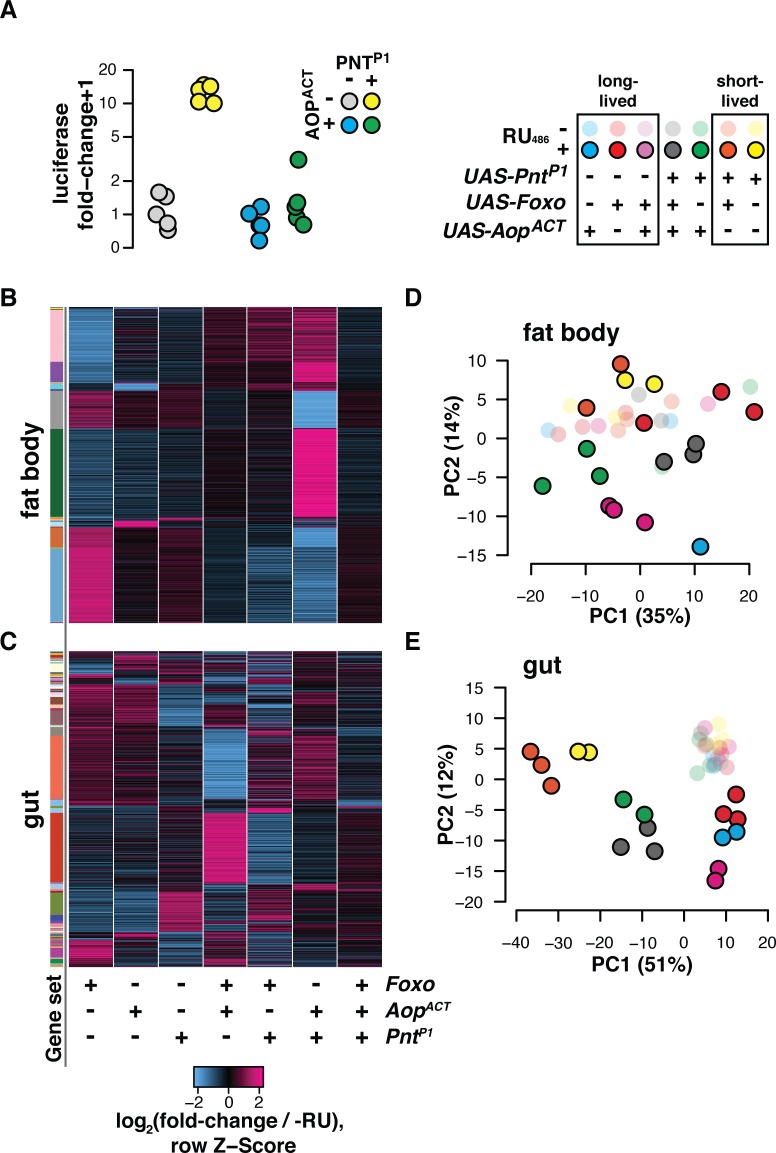Fig 3. Aop and Foxo broker transcriptomic outcomes with Pnt.
(A) In vitro (Drosophila S2 cells) AOPACT counteracts activation by PNTP1 of a synthetic promoter containing EBMs, upstream of an Adh-Fireflyluciferase reporter. Activity is shown following normalisation to internal Renillaluciferase controls, and calculation of fold-change over median expression in the absence of PNTP1 and AOPACT. Promoter activation was subject to a significant AOPACT:PNTP1 interaction (linear model F1,16 = 41.725, p = 7.9e-6) (B-C) Foxo and AopACT coordinate transcription by jointly countering Pnt's transcriptional output. Heatmaps show per-gene Z-score of log2 fold-change expression (DESeq2 output) upon RU486 feeding relative to controls. Rows represent all genes in the union of targets identified in flies bearing S106 transgenes along with UAS-Foxo, UAS-AopACT, UAS-PntP1, or combinations thereof. Gene sets are defined by pattern of response to RU486 amongst genotypes. Set assignments shown by coloured side bar. (D-E) AopACT, Foxo and PntP1 interact to establish transcriptional programs corresponding to lifespan. For gut and fat body, plots show coordinates of samples on the first two dimensions of PCA for the genes whose expression was responsive to the combinatorial, interactive effects of the three TFs. Key shows samples’ groupings by previously-published lifespan outcomes[4] resulting from TF induction in the gut and fat body or the gut alone (noting that lifespan effects of combined AopACT and PntP1 expression are not known).

